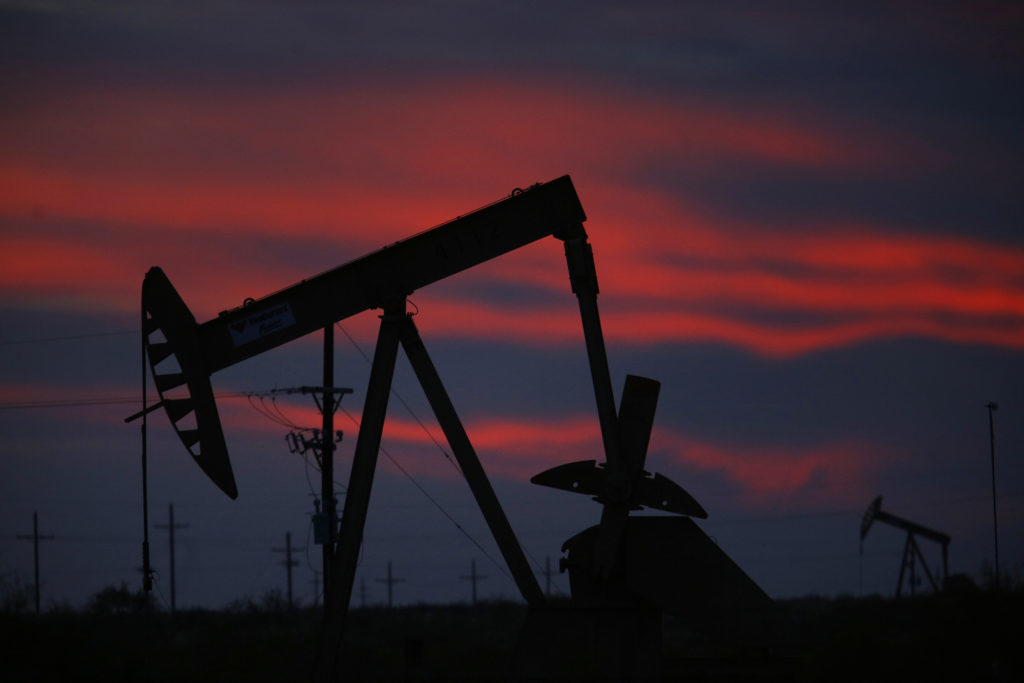
Two of Asia’s largest crude buyers are considering teaming up to buy U.S. supplies and counter OPEC’s dominance in the world’s biggest oil market.
India and China are discussing ways to boost imports of U.S. crude to Asia, a move aimed at reducing their dependence on cargoes from members of the Organization of Petroleum Exporting Countries, according to an Indian government official. The two nations want to put pressure on OPEC producers to keep prices under control, he said in New Delhi on Wednesday, asking not to be identified because of internal policy.
The potential collaboration between the two major oil buyers would present another challenge for OPEC, which is facing competition for market share in Asia from the flood of crude pumped in the Gulf of Mexico and shale fields of Texas. The group is also contending with internal differences: Saudi Arabia favors easing output curbs implemented last year after they succeeded in shrinking a global glut, while Iran, Iraq and Venezuela oppose boosting production.
“Diversification of supply sources will benefit both India and China by increasing competition among oil producers,” said Abhishek Kumar, an analyst at Interfax Global Energy in London. “Procuring oil at the cheapest price is vital for the two energy hungry Asian consumers.”
The output reductions by OPEC and allies including Russia helped oil rebound from the worst crash in a generation, weighing on the economies of consuming nations. Prices last month were further boosted to the highest level since 2014 after a U.S. decision to reimpose sanctions on Iran threatened to curb exports from the Islamic Republic and as economic turmoil in Venezuela hurt the Latin American nation’s output.
Indian oil minister Dharmendra Pradhan said last month that he had expressed concern about rising crude and its negative impact on consumers and the Asian nation’s economy to Saudi energy minister Khalid Al-Falih. The trading unit of China’s biggest refiner has cut supplies from OPEC’s biggest producer in recent months, citing costly oil pricing by the Middle East nation.
Oil Alliance
The oil-buying alliance may initially be made up of India and China, with South Korea and Japan — also major buyers — joining the club later, the Indian government official said on Wednesday. While OPEC countries are still the dominant suppliers to Asia, almost all big importers in the region have increasingly turned to U.S. crude after a four-decade ban on American exports was lifted in late 2015.
China’s Ministry of Commerce didn’t immediately reply to a fax seeking comment. Nobody responded to two calls made to South Korea’s Ministry of Trade, Industry and Energy. Masato Sasaki, the director of Japan’s Ministry of Economy, Trade and Industry’s oil and gas division, said he wasn’t aware of the India-China talks or any request for his nation to join the potential alliance.
Wang Yilin, the chairman of state-owned China National Petroleum Corp., the nation’s biggest energy company, met with the chairman of refiner Indian Oil Corp. in Beijing and talked about deepening cooperation in oil and gas businesses, according to a post on the Chinese company’s website on June 11.
American President Donald Trump, meanwhile, on Wednesday renewed his Twitter assault on OPEC, pushing the case for oil to be lower a week before the cartel meets to discuss production policy. The U.S. is said to have lobbied Saudi Arabia and other members, arguing they need to raise output by 1 million barrels a day to keep prices in check.
Recommended for you
